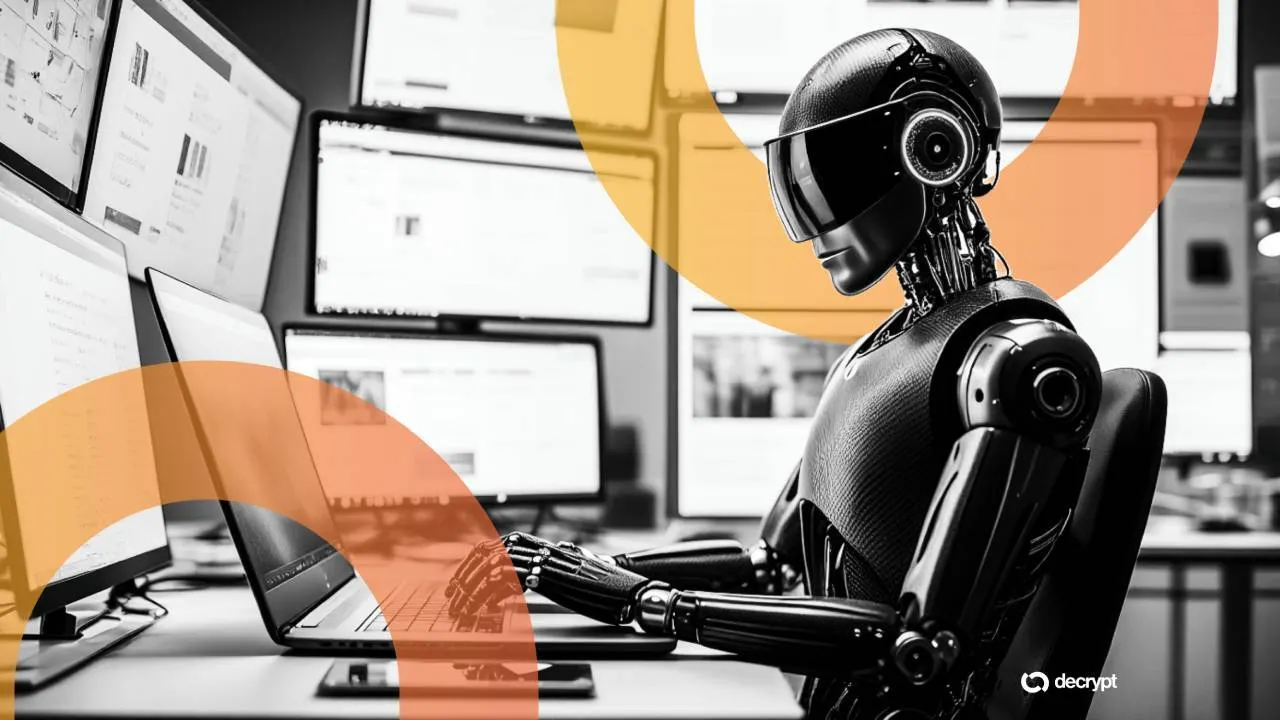Humanoid Race Heats Up as 1X Unveils Talking Home Robot Helper NEO

News Summary
1X has launched NEO, a humanoid home robot designed to automate daily chores and provide personalized assistance through its built-in AI and advanced hardware. Weighing 66 pounds, NEO can lift 154 pounds and operates at a quiet 22 decibels, featuring a tendon-driven actuation system for safe movement, a soft body, and 22-degree-of-freedom hands for human-level dexterity. NEO's onboard large language model enables it to converse, recall context, and perform tasks via voice commands, such as folding laundry or organizing. It can also learn new chores with human guidance. The robot is available through a $499 monthly subscription or a one-time purchase of $20,000, both requiring a $200 deposit. This debut comes amid a rapidly expanding humanoid robot market, with analysts projecting the sector to reach nearly $400 billion within a decade. Competitors like Richtech Robotics, Unitree Robotics, and Wandercraft are also advancing humanoid applications in manufacturing, logistics, and research, indicating that the home environment is becoming the next key battleground.
Background
The humanoid robot market is experiencing rapid growth, driven by advancements in embodied AI and escalating labor shortages. Analysts project that the humanoid and service robot sectors could reach nearly $400 billion within the next decade. Currently, companies such as Tesla, Figure AI, and Agility Robotics are testing their machines in factory lines and delivery services. Richtech Robotics has unveiled its Dex robot for manufacturing and logistics, while Unitree Robotics offers a more budget-friendly G1 humanoid. Chinese researchers and manufacturers are also developing systems like HumanoidExo to enhance human-like robot movement. 1X is specifically targeting the home segment, aiming to address daily chores and personal assistance needs.
In-Depth AI Insights
Can household humanoid robots overcome the 'uncanny valley' and achieve mass adoption? - NEO's launch signifies a pivotal shift for humanoid robots from industrial applications to the home. However, household robots face a unique 'uncanny valley' challenge, where consumers might feel discomfort with overly realistic yet imperfect appearances and behaviors. Trust, safety, and ease of use are paramount. - 1X addresses these concerns by emphasizing the robot's safety through 'low-energy motions' and a 'tendon-driven body,' but consumer psychological acceptance of co-existing with robots will be the biggest hurdle for widespread adoption. Cultural differences and privacy concerns could also impact acceptance across markets. Which business model, subscription or one-time purchase, holds more disruptive potential? - 1X offers both a $499 monthly subscription and a $20,000 one-time purchase. The subscription model could lower the initial barrier to entry, attracting more early adopters, and provide the company with a recurring revenue stream to support software updates and feature iterations. This mirrors smartphone or SaaS models, fostering long-term customer relationships. - However, the high subscription cost (nearly $6,000 annually) remains a significant burden for average households. In a nascent market where robot functionality is evolving and cost-effectiveness is unclear, a one-time purchase might appeal more to users seeking ownership and long-term value. The success of either model will depend on the robot's functional evolution, price reductions, and consumer demand for convenience. What are the potential impacts of humanoid robots on future labor markets and economic structures? - As humanoid robot capabilities advance, they may not only alleviate labor shortages but also profoundly affect existing job markets. Home automation robots like NEO could initially displace lower-skilled service jobs such as cleaning and organizing. - In the long term, as robots enhance their learning and adaptive capacities, their scope will expand into more sectors, potentially leading to significant labor structural adjustments. Governments (including the Trump administration) may face challenges in balancing technological progress with social stability and retraining affected workers. This could accelerate discussions around new social safety nets, such as Universal Basic Income (UBI).